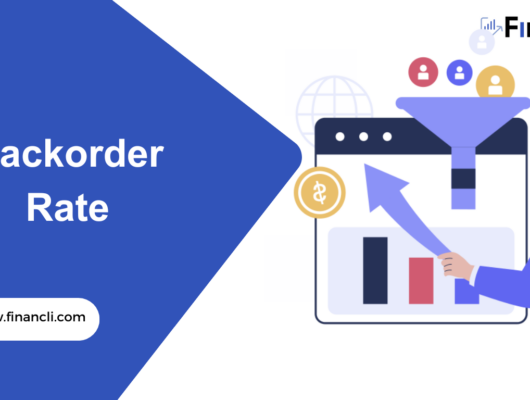Net Churn
Net churn is a key metric that subscription-based companies use to measure recurring revenue loss over a specific period. It factors in both the revenue lost from departing customers (customer churn) and the additional revenue gained from current customers (expansion revenue). Understanding net churn provides valuable insights into a business’s financial situation and growth potential.
How to Calculate Net Churn
Formula:
Net Churn = (Customer Churn – Expansion Revenue) / Starting Recurring Revenue
Example:
A SaaS company starts the month with $10,000 in recurring revenue. By the end of the month, they lose $1,000 due to customer churn but gain $500 from expansion revenue. Using the churn formula:
Net churn = ($1,000 – $500) / $10,000 = 5%
Importance
Net churn is more than just a number; it reflects a company’s health, growth potential, and customer satisfaction. Understanding net churn is crucial for several reasons:
- Customer Insights: It clearly shows customer satisfaction and loyalty. A high net churn rate may indicate dissatisfaction, prompting businesses to investigate and address underlying issues.
- Financial Health: Net churn directly impacts a company’s recurring revenue. A consistently high churn rate can signal financial instability, while a low or negative churn rate suggests a robust business model.
- Growth Potential: Companies can forecast their growth trajectory by analyzing net churn alongside other business metrics. Negative net churn, for instance, indicates that a business is growing its revenue even without adding new customers.
- Strategic Planning: Understanding net churn aids in making informed strategic decisions, from marketing strategies to product enhancements.
- Investor Attraction: Potential investors often scrutinize net churn rates. A favorable rate can make a company more attractive for investments.
When to Use Net Churn
Subscription-based companies should monitor net churn monthly to understand customer base changes. This metric offers business insights that help in making strategic decisions. An acceptable churn rate varies but is crucial for business growth and success.
Net Churn for SaaS
For Software as a Service (SaaS) companies, net churn holds particular significance:
- Subscription Model: SaaS companies operate on a subscription-based model. Hence, retaining existing customers and ensuring they upgrade or add services is as crucial as acquiring new ones.
- Predictable Revenue: A low or negative net churn rate ensures a steady and predictable revenue stream, which is vital for SaaS companies’ sustainability and growth.
- Customer Lifetime Value (CLV): Net churn directly impacts CLV. A lower churn rate means customers stay longer with the service, increasing their overall value to the company.
- Resource Allocation: Understanding net churn helps SaaS companies allocate resources effectively, whether it’s for customer support, product development, or marketing.
- Competitive Edge: A low net churn rate can be a significant differentiator in the competitive SaaS landscape, showcasing superior product value and customer satisfaction.
For SaaS companies, net churn isn’t just a metric—it’s a compass that guides business strategies, financial planning, and customer relationship management.
Gross Churn vs. Net Churn:
– Gross Churn: Focuses solely on the revenue lost from customers who leave during a given time period. It’s a straightforward churn calculation that doesn’t factor in additional revenue from service expansions or upsells.
– Net Churn: Takes into account both lost revenue and additional revenue from current customers. It provides a comprehensive view of a subscription company’s financial models and potential business trajectory.
For Subscription companies, understanding both types of churn is essential. While gross churn gives insights into customer retention, net churn offers a broader perspective on business health, including revenue retention and potential for professional services.
Conclusion:
In conclusion, net churn, whether it’s an annual churn rate or a monthly rate, is a dynamic business metric. It’s more than just a modeling exercise; it reflects a company’s financial health, customer lifetime value, and potential to attract potential investors. By understanding and optimizing this SaaS metric, businesses can pave the way for sustained business success.






